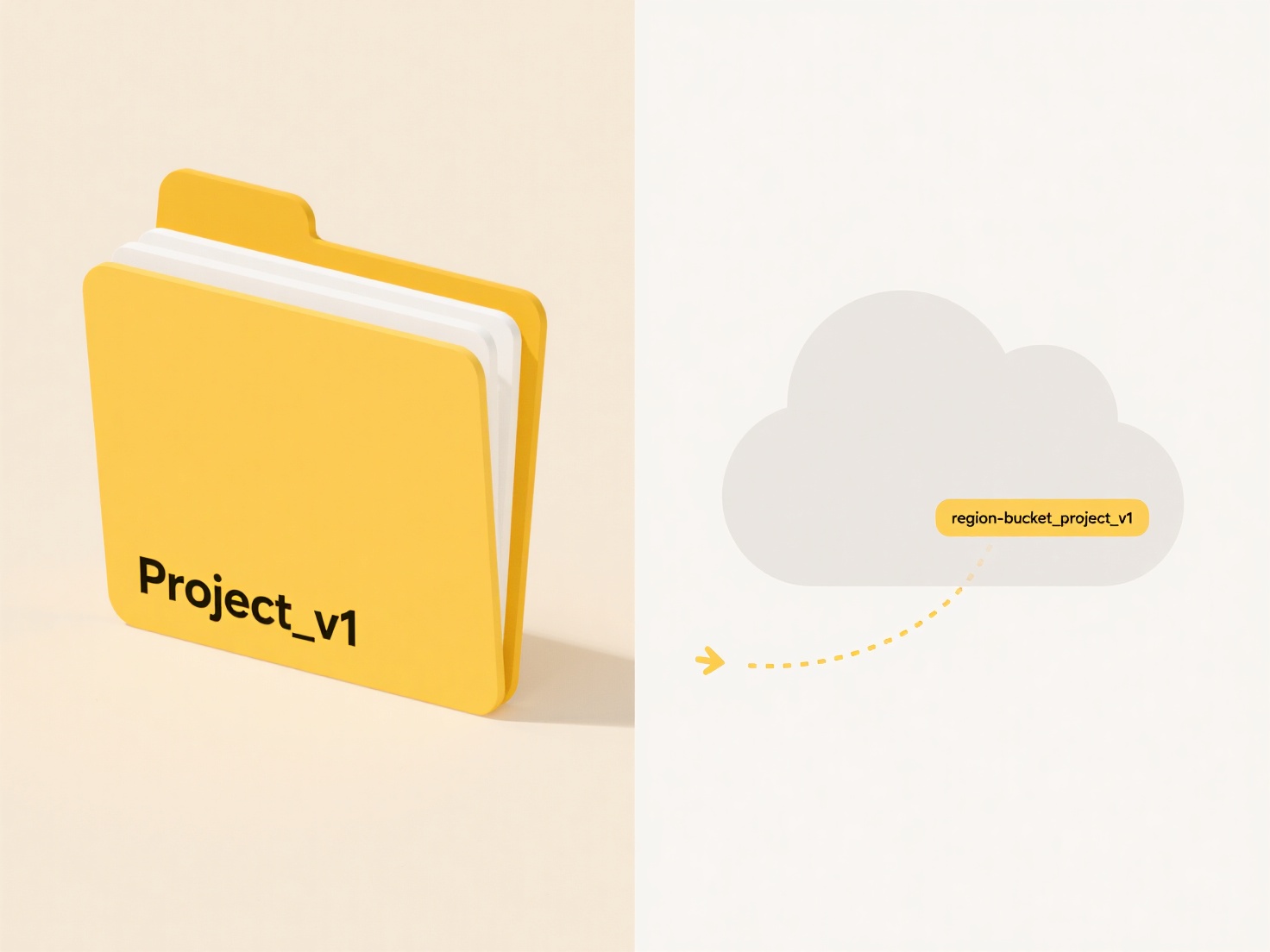
Cloud file sharing involves using online services to store files remotely and providing links for others to access or download them. This method is distinct from email attachments, which impose strict size limits (often below 25MB). Cloud platforms overcome this limitation by storing the large file on their servers; you simply share a link directing recipients to the file's location in your cloud storage.
Common practical examples include professionals collaborating on large design documents or video files, such as architects sharing intricate 3D models or marketing teams distributing high-resolution footage internally. Individuals also frequently use this feature, like sharing family photo albums or personal video projects via platforms such as Dropbox, Google Drive, Microsoft OneDrive, or Box.

The major advantages are ease of access without email bottlenecks and enabling real-time collaboration. Key limitations involve dependence on internet speed for upload/download and ensuring recipients have permissions. Ethically, users must be mindful of data privacy regulations and control link sharing to prevent unintended access. Future developments often focus on enhancing transfer speeds and automated file management alongside encryption protocols to improve security for increasingly common large-scale digital sharing.
Can I share large files via cloud platforms?
Cloud file sharing involves using online services to store files remotely and providing links for others to access or download them. This method is distinct from email attachments, which impose strict size limits (often below 25MB). Cloud platforms overcome this limitation by storing the large file on their servers; you simply share a link directing recipients to the file's location in your cloud storage.
Common practical examples include professionals collaborating on large design documents or video files, such as architects sharing intricate 3D models or marketing teams distributing high-resolution footage internally. Individuals also frequently use this feature, like sharing family photo albums or personal video projects via platforms such as Dropbox, Google Drive, Microsoft OneDrive, or Box.

The major advantages are ease of access without email bottlenecks and enabling real-time collaboration. Key limitations involve dependence on internet speed for upload/download and ensuring recipients have permissions. Ethically, users must be mindful of data privacy regulations and control link sharing to prevent unintended access. Future developments often focus on enhancing transfer speeds and automated file management alongside encryption protocols to improve security for increasingly common large-scale digital sharing.
Related Recommendations
Quick Article Links
How do I convert scanned documents to text (OCR)?
OCR (Optical Character Recognition) technology converts images containing text, such as scanned documents, photos of doc...
Why do backup tools create redundant file copies?
Backup tools create redundant file copies primarily to enhance data safety and reliability. Redundancy means intentional...
How do I clean up empty folders?
An empty folder is a directory on your computer or storage device that contains no files, programs, or subfolders within...